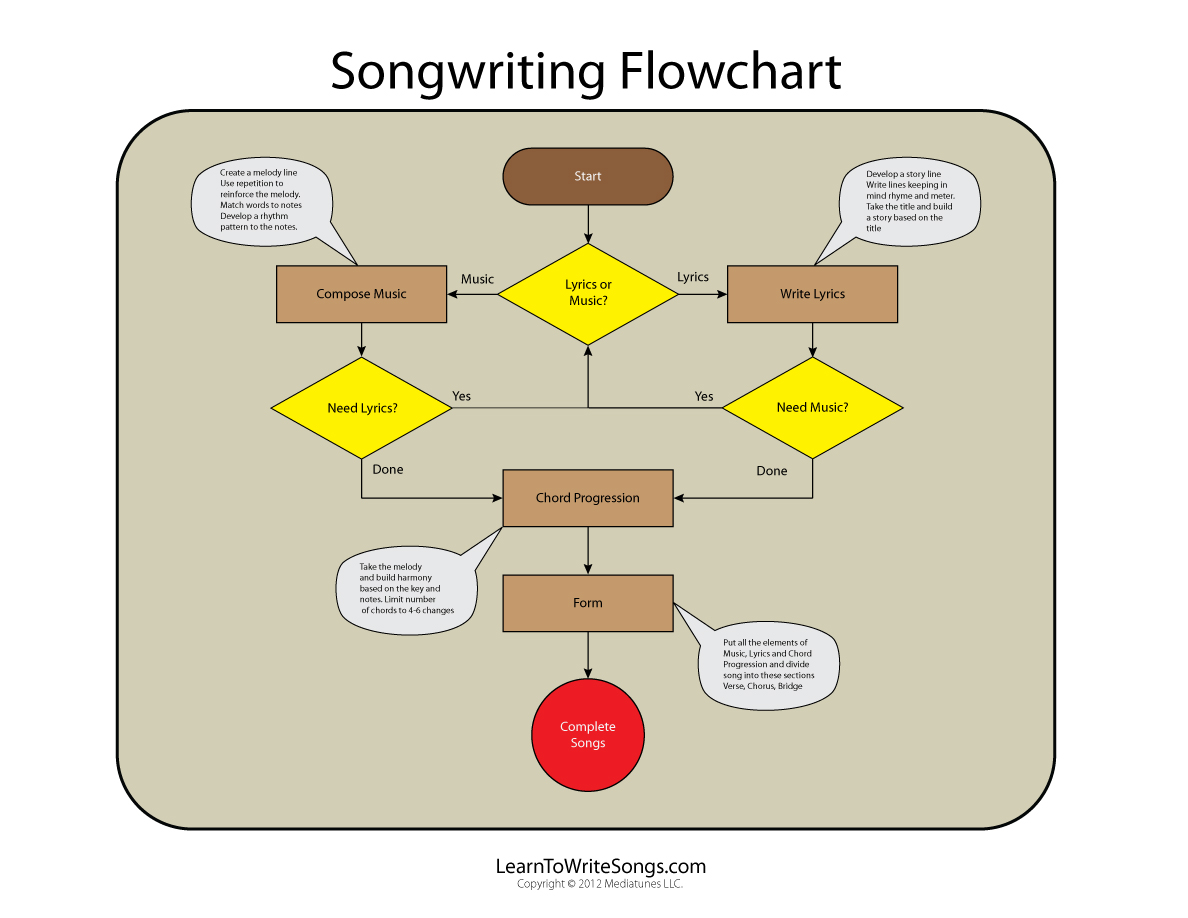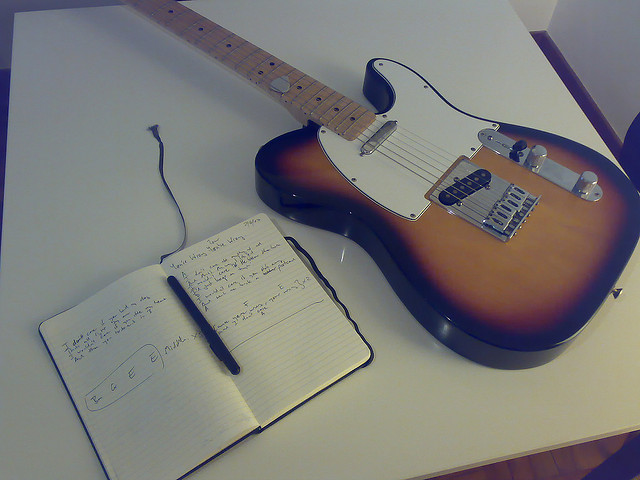Crucial Elements to Transform Heavy Emotions to Songs


Not all singers write their own songs. The songwriting process varies. Some songs may come to the artists through a manager’s suggestion or the singer may ask a songwriter they know to write them a song for their next album. However, the most compelling songs are those where the artist’s lyrics convey a perfect replica of what they are feeling upon the listener. Here we will look at the different pieces in a song that will help you transform your emotions to powerful songs.
Singers Who Write Their Songs From Their Own Emotions and Experiences
Obviously, for a singer/songwriter who is writing a new song from their own point of view, they will decide on a songwriting process that will accommodate the correct outcome for that song. They will be able to go into the studio to offer their own perspective to the sound types that may play well with what they have written. A lot of Pop artists today write their own songs and they do so through personal experiences. Some of the best-known artists who have written songs this way are:
- John Lennon
- Michael Jackson
- Prince
- Adele
Some of the artists listed have written both the songs and the music. Lyrics and instrumentals play key roles in transitioning the correct feelings and emotions into a song. The goal is to find a balance where these two complement each other. You might need help from a mixing software to do this. This will make sure the instrumentals and vocals sound the way desired. This will help the creation that the artist has in their heads come to life.
The Importance of Learning the Different Parts of Putting Music to Lyrics
To further explain the process of music making, there are a few things that all who play a role in completing the song will need to know in order to fulfill the final product. They must know:
- Tonality and Scale – The minor and major chords are important for resonating the correct emotion in a song. A major chord will emote happiness while the minor sadness. However, it goes deeper than that. The scale of these chords determines how happy and sad a particular part of the song will be. So, in order to work the lyrics correctly with the music, the tone and scale are very important.
- Melody – Melodies will need to be longer in flow or shorter in flow. They should be consistent without pause. But like tonality and scale, there is a difference in which is which. A longer melody will inspire more of a happy feeling when we listen to it, while the shorter melodies will be more somber and fixate our attention to the sadness. Music plugins could also help add something extra to a melody such as an echo or tremolo effect.
- Pitch – Pitch is something to really get a grip on if you are an engineer. A very low pitch could burst an eardrum and a super high pitch could sound like a very loud foghorn. Neither of these sounds would be appealing in creating the right sound for a song. Nevertheless, the pitch is necessary for constructing a song. Again, a good song wants to grab our emotions and keep us feeling them throughout.
- Tempo – Cranking the tempo up will motivate us onto the dancefloor while lowering the tempo may make us want to hug our enemy. The tempo is vital in releasing the correct endorphins that put us in the right mood while listening to the music.
- Rhythm – Formatting a good rhythm within the song may get a little complicated. It is not just up the rhythm = happy and down the rhythm = sad. There are more than just high/low rhythms. There are also varied, rough, irregular, smooth and consistent, which the producer and engineer will have to work with in order to bring the correct one into the song.
- Volume – How you record the song relating to volume is important. The volume could even change during the song, but if it is transitioned in the right way, then it will work as it was envisioned by the producer.
Living Through the Emotions of the Music
We use song to move our emotions. When we are sad, we may want to play that sad song that mirrors what we are feeling, or we may want to crush that down feeling by finding a song that will pump up our emotions and make us happy. Pay attention to the elements of the songs that bring out those feelings, then imitate them. Through imitation you will discover what works best for you.
Lewis Robinson is a business consultant specializing in CRM and sales. However, he has a soft spot for music related topics. He currently freelances as a writer on business and music related topics.







Leave a Reply